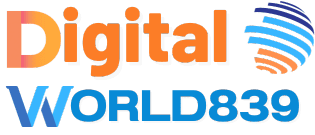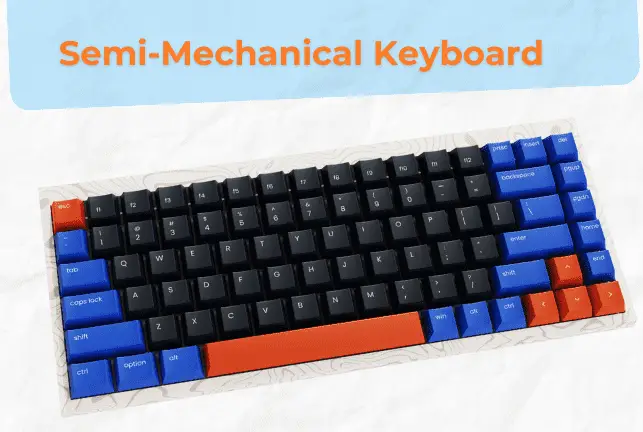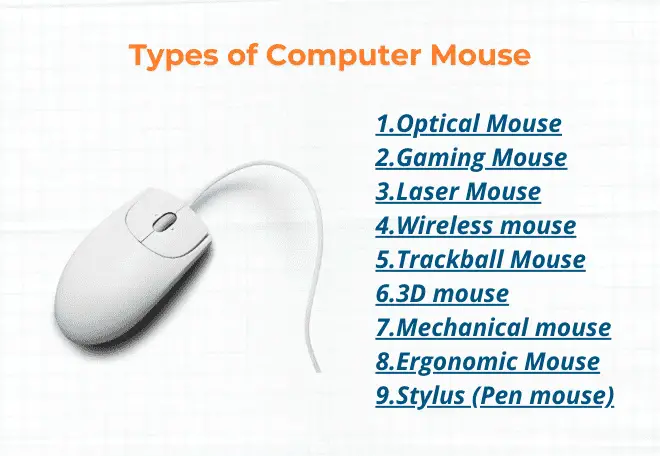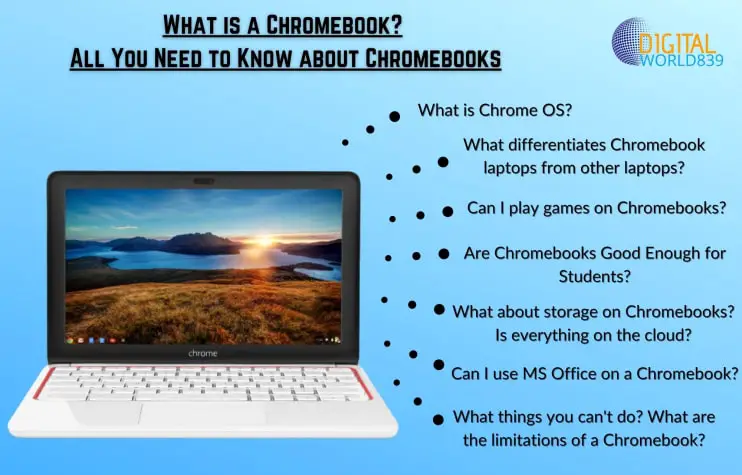There are many beneficial uses of computer in schools and colleges. At present, Computer and Internet technologies in the modern world have become an integral part of the majority of the lives in the world.
The computer has an important capability to improve and upgrade the education system in various aspects either it is teaching by the teachers and staff or learning it from the student’s side. Uses of computers in the education sector can be a more interesting and effective interaction between the tutor and tutee.
The various uses of the computer are getting valuable and as far as the contribution of computers in the field of education is concerned, today you are reading this information on the Internet through the computer itself, Let’s know the contribution and different uses of computer schools and colleges.
Computer Technology In Education Field
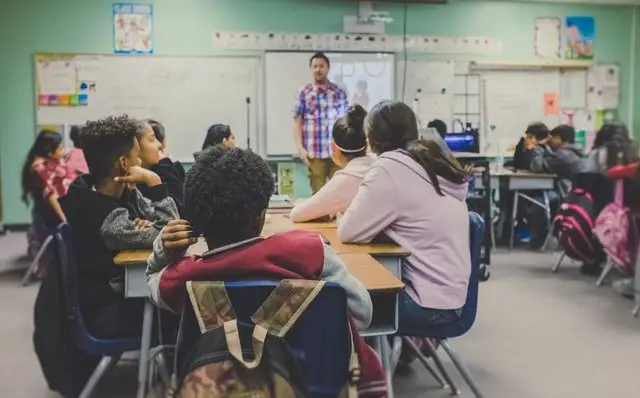
Computers in education Computer technology is profoundly affecting the education sector. The digital computer has made teaching and schooling simpler and much more fascinating than before.
The good news is that almost all people youngsters, children, and even somehow old people have become familiar with computing devices such as smartphones, laptops, desktops, and especially Chromebook laptops. Even if you don’t use a computer yet, you can access it at your educational institutes.
Computer technology in the educational system developed and became almost inclusive. Teachers are progressively incorporating computers into the classroom for the very young. The advantages of using computers in the classroom, even in grade school, are numerous.
Considering the use of computer and Internet technologies in almost all circles of life, it becomes important for every person to have at least basic knowledge of the use of computers. Let’s take a look at the significant uses of computer technology in education.
10 Uses of Computer In Schools and Colleges
1. Instant Access to Information
The Internet plays an important role in education. By using computers along with the Internet students are able to have access to a wealth of knowledge instantly on the Internet. Since this is a huge information database that can be used to extract any information on a variety of topics.
The Internet is presently a digital library used to be. It is simpler for both teachers and students to turn on the Internet and simply need to enter a couple of keywords into a search engine is everything necessary to pull up all the information instead of look for information in thick books.

Students can refer to website articles, teaching videos, and blogs for more data on subjects that interest them. Students can use computers to get to online copies of their course textbooks, which include various features like video tutorials and digital notebooks i.e PDFs, DOCs, etc, which are not accessible with traditional course books.
Teachers can also refer to it to research more resources on subjects and syllabuses to be taught. It also helps educators to set tests, projects, homework, and assignments.
2. Research for Homework
Students in schools and colleges can use computers as help for the research part of their homework, assignments, or projects. Since they can get reference materials enriching the content presented in the classroom and encouraging student access to resources.
Today, By just using this device makes it a whole lot easier and quicker to access everything, students can write and research their school works. In just a few clicks, one can communicate with their classmates and teachers online via messaging or email in order to share their research materials and projects.
The virtual library is the site on the Internet where students can access nearly all the information that they require. The greater part of the information you get through these platforms is consistently current. This has made them very helpful and empowered the students to stay ahead constantly.
Examples of virtual libraries:
As the Internet has grown, so too has the available research options for real-time news, resources, and current events. Students can explore subjects in minutes as opposed to having students discover and bring current newspapers to class the hours it used to take.
3. Organized Records and Data
Vast or Immense storage capacity is one more great and very useful characteristic of a computer. Both students and teachers utilize computers in order to store all the resources. For students, it will be easy to store their data like assignments, books, presentations, projects, important sheets, test papers, and a lot of educational materials, and so on.
Similarly, teachers can also store and arrange data quickly in the storage devices about the exams, lecture/ address notes, question papers, semester patterns, syllabuses, grades of their students, and other essential documents in schools’ computers.
Even without an Internet connection, a computer helps teachers and staff to quickly save the records about the behaviors, attendance, and participation of the students in spreadsheets or databases and perform calculations and basic data-modeling.
Unlike paper formats, it is very simple to use, edit, and transfer these digital files from one person to another. In this way, teachers can monitor the performances of their students and make timely reports to their parents about their all-around grades from time to time.
4. Computer Literacy Education

Today, being Computer literate is an important requirement either it is business, profession, or in the job market. Therefore, quite possibly the most famous uses of computer in school is their application, and learning how to use and control PC applications and software is an objective of educational computing in itself.
With a world and development that increasingly demands IT skills, students can build their potentials by acquiring computing skills in schools and colleges in order to get better jobs and business opportunities.
For example, many developing countries in the world, have planned aspiring computer programs for students to build computer education and literacy also democratize computer access in order to boost self-learning.
5. Virtual Coaching
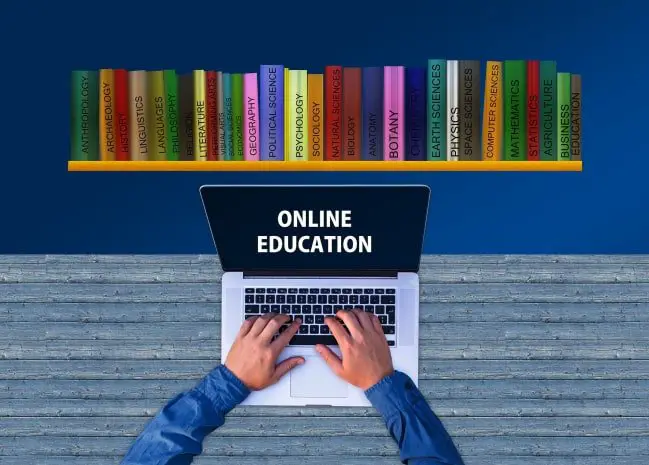
The computers were once utilized only up to particular fields such as research centers, offices, and government bodies, and so on. But now it introduced in the common educational fields like schools, tuitions, colleges.
The extensive use of computers in educational institutes has helped many students to pursue education via computers by allowing them to access their virtual education especially those living in a remote part of our planet around the world.
In some counties, students can complete all of their academic requirements online just by using computers and other devices such as handheld gadgets, smartphones, and laptops. The online courses are facilitated by an authorized educator who keeps in touch with students virtually.
Examples of online coursing platforms:
Online courses incredibly benefit students who can’t actually get to a college and school campus. In every profession. computers have changed the manner that we work. Therefore, it is very normal that the job of computers in education has been given great significance, especially in recent years during the 2020’s pandemic.
6. Flexible Tutoring
The computer or laptops can be used to serve a number of students by sitting in front of the monitor at a single place instead of roaming different classrooms for every period. This flexibility of the computer helps the teacher to save time by teaching the students in real-time
At the point when students decide to pick specific courses, they need to see real-time resources and updates, and innovation can help them discover them. This way, they can find the correct timings for the course; the assignment outlines and also helps them schedule their studies accordingly.
Examples of computer software and websites for tutoring:
Also, some educational sites on the Internet are specifically designed for coaching. They provide all that is required for solving problems. They additionally have step-by-step clarifications that make learning more compelling.
E-learning is affordable, whether it’s vocational training to hone your management skills or a college student looking to learn a foreign language.

7. Learning Programs
Today there are many special learning programs, educational software, and websites available that help to merge basic knowledge, contribute to the mental development of the child, expand his perspectives.
Computer-Aided Learning in which teachers can prepare lessons in PowerPoint and teach with the use of a Computer, Speaker, Mic, and Projector. In these environmentally friendly conditions, it will be easy for the student to engage and learn.
In addition, with the assistance of a PC, the teacher himself can make a variety of educational teaching materials for students. For instance, videos using video editing programs, information posters, photoshop lessons for beginners, and, of course, computer presentations – it is generally hard to imagine a modern educator without them.
8. Learning with Entertainment
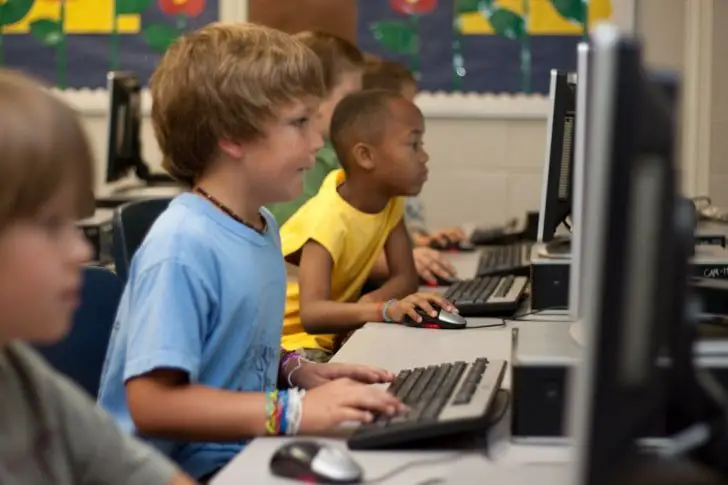
Children in the modern 21st century start to show interest in computers at an early stage, in fact, they easily master it.
Today there are many educational games, software, and programs available that have been developed for interactive lessons and tutorials where primary students can playfully learn, counting, geometric shapes, online learning games, and much more in an engaging manner through the use of computers in schools.
Instead of stopping, the guardians and educators should encourage them to use the computer for cognitive and educational purposes. This way helps them to naturally fit at least basic essential computer skills.
A lot of us believe in a bogus thing that video games are made only for pleasure and enjoyment. There are a lot more educational computer games which can, for instance, help your student with spelling, it helps them become better at calculations or even learn more about the environment in general.
9. Interactive Tools
The educational tools can be used to increase the productivity of the students. Using interactive educational tools makes learning the lessons more interesting, easy to understand, and in a more creative way.
For example, you can use additional videos and infographic images to explain new chapters and topics. These will improve essay writings, presentations of projects, and assignments. In addition, they can access applications that can help them schedule their personal reading time and keep track of assignments.
Examples of interactive tools for learning:
The use of computers has proven itself well in every field, from the herbal center to virtual designing. The tools like plagiarism checkers also help the teachers to check either the homework of the student is copied or not.
10. Increased Performance

As you see above-given points through the uses of computer for both school and college students can enhance their learning and perform their tasks with ease with the availability of the advantages and features of the computer
With the integration of the computer with the Internet in the education sector, the whole institute improves themself by saving them time and increasing the working speed along with the growth of the entire society.
Aside from the internet benefits, these gadgets have other helpful software such as spreadsheets, word processors, and presentation software that have added productivity.
These tools have incredibly helped in limiting the time that was spent on conventional presentations and writing. You can also use them in creating forms, charts, and tables very fast.
An education institute can use any kind of LAN and MAN networks like Wi-Fi on the campus in order to connect the entire institute togetherly.
Contribution of Computer to Administration of Educational Institutes
Why Computer Is Important In Education Sector

The research work shows that the uses of computer in schools are fundamental for present-day conditions as a means of supporting and putting together the educational process in independent and extracurricular activities, just as a significant component of the socialization of a person.
In recent years, the computer has turned from a massive device, understandable only to a narrow circle of specialists, into an indispensable assistant for every individual. With the approach of the first personal computers at the end of the 20th century, and afterward the Internet, ordinary people gained access to a large amount of information.
All this makes PC schooling an absolute necessity for students nowadays.
Capabilities of information and Communication Technologies in education allow:
How Can an Education Institute Establish a Computer System
Not all schools still have computers, and not all schools use all their capabilities or use them quite effectively. Teachers and students don’t have a smart thought of how to include them in school life.
Therefore, the reason for this point is to study the directions for using a computer in school as an amazing asset for supporting the educational cycle and coordinating the school information space.
In this regard, the following tasks are set:
- to summarize the experience of using a computer at school;
- describe the potential capabilities of school computers (propose different alternatives for their use);
- to analyze the opinions of students and teachers about the use of computer technology;
- to explain the importance of the computer and uses of its major parts like CPU, Monitor, Keyboard, Mouse, PC Cabinet,
- show the achieved results.
Due to computers and the Internet, today children can get schooling from home. Due to the expansion in computer internet technology, currently, computers are easily available in schools and colleges and because of these smart classes are additionally organized.
By using computers for the beneficiary of schools and colleges at the same time there are some disadvantages of computers has along with the advantages of computers.
Thus, above are the significant uses of computer with their importance in various aspects of the education field.
Recommended Posts
- 10 Uses of Computers in Different Fields with Images.
- 1s to 5th Generation of Computers (Explained with Pictures).
- 7 Types of Micro Computer With Pictures
- Functions of computer in 4 steps, (Easy Explained).
- 7 Characteristics of Computer, (Features of Personal Computer).
- 10 Disadvantages of Modern Technology.
- 10+ Pros and Cons of Using Chromebooks.
- Are Intel’s Celeron Processors or Dual Core CPUs Good for Students?
- Classification Of Computers According To Size, Type, And Purpose.
